Access to Collaboration Site and Physics Results
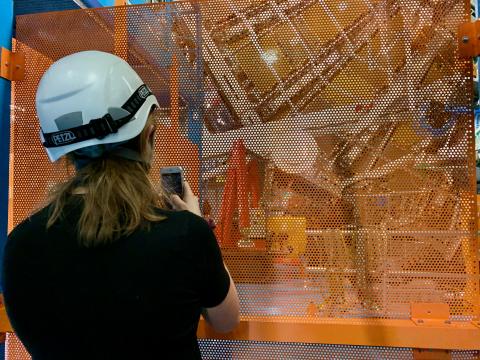
Sharing the Excitement of ATLAS
– This past week, I grabbed a last-minute opportunity to wander about and take in the beauty of my favourite particle physics detector. Located 100 meters under the French/Swiss border near Geneva, ATLAS is always a marvel to see and to explore. Although I have hosted hundreds of visits by its side, I never tire of the view and inevitably pull out my phone or camera to photograph it, yet again.Read more →
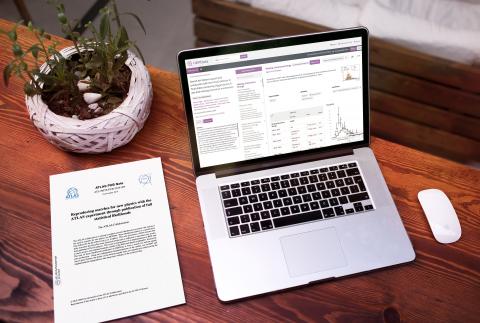
New open release streamlines interactions with theoretical physicists
– What if you could test a new theory against LHC data? Better yet, what if the expert knowledge needed to do this was captured in a convenient format? This tall order is now on its way from the ATLAS Collaboration, with the first open release of full analysis likelihoods from an LHC experiment.Read more →
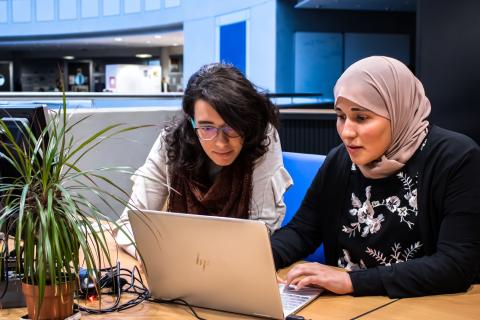
African scientists take on new ATLAS machine-learning challenge
– Cirta is a new machine-learning challenge for high-energy physics on Zindi, the Africa-based data-science challenge platform. Launched this autumn at the International Conference on High Energy and Astroparticle Physics (TIC-HEAP), Constantine, Algeria, Cirta challenges participants to provide machine-learning solutions for identifying particles in LHC experiment data.Read more →
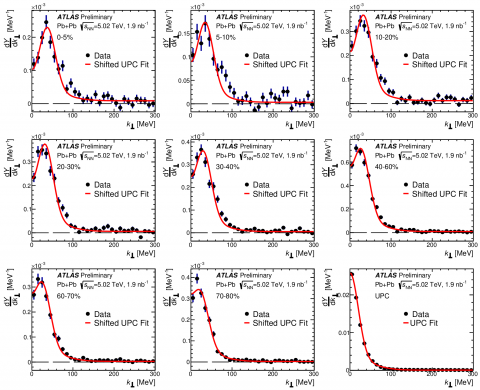
ATLAS probes the quark-gluon plasma in a new study of photo-produced muon pairs
– The electromagnetic fields of the Lorentz-contracted lead nuclei in heavy-ion collisions at the LHC act as intense sources of high-energy photons, or particles of light. This environment allows physicists to study photon-induced scattering processes, that can not be studied elsewhere. A key process examined by ATLAS physicists involves the annihilation of photons into pairs of oppositely charged muons. The ATLAS Collaboration recently released a new, comprehensive measurement of this process.Read more →

Ensuring high-quality data at ATLAS
– During Run 2, ATLAS achieved an exceptionally high data-quality efficiency for a hadron collider, with over 95% of the 13 TeV proton-proton collision data certified for physics analysis. In a new paper released today, the ATLAS data quality team summarises how this excellent result was achieved.Read more →
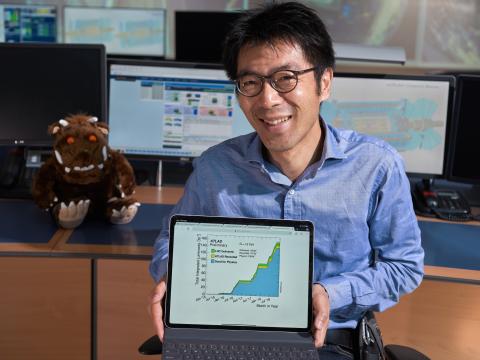
In conversation with Masaya Ishino, a key player behind ATLAS' successful Run 2
– Masaya Ishino is a researcher and professor with the University of Tokyo. He joined the ATLAS Collaboration in 2001, and has been instrumental to the development, construction and operation of the muon spectrometer. Masaya was elected ATLAS Run Coordinator in 2017, playing a key role in the record-breaking Run 2 operation.Read more →
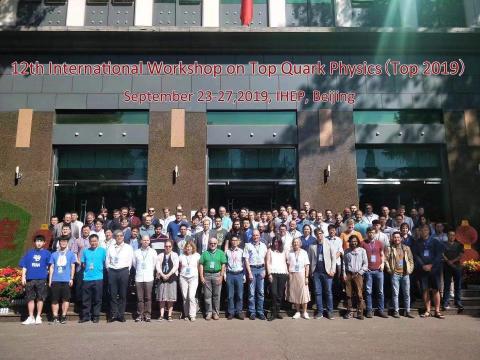
ATLAS highlights from TOP2019
– As the heaviest elementary particle, the top quark is appropriately named. It is ideally suited for precision measurements that test the limits of our understanding and could provide indirect hints at new physics. Physicists from around the world gathered in Beijing, China, last week at the annual TOP2019 conference to exchange the latest news, results and ideas on the top quark. For the ATLAS collaboration, TOP2019 proved a great success, with several excellent talks and posters presented by its members.Read more →
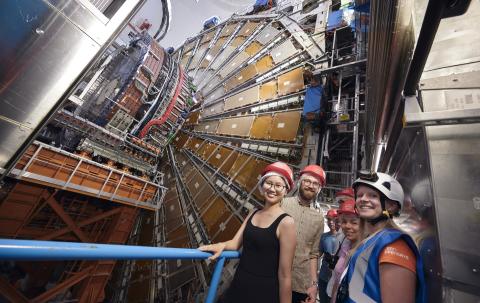
Record crowds at ATLAS for the CERN Open Days
– On 14-15 September 2019, CERN opened its doors to the public for its first Open Days since 2013. This massive event saw over 75,000 visitors descend upon the Organization – many of whom eagerly anticipated underground visits to the LHC and its experiments.Read more →
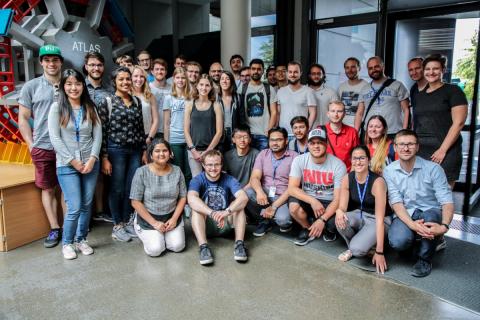
New ATLAS members, welcome on board
– This summer was rich with events regularly organised by the ATLAS Early Career Scientists Board (ECSB): Induction Day, Career Q&A and the Ice Cream event. The ECSB is a special advisory group dedicated to assisting the ATLAS Collaboration in building an environment where the full scientific potential of young scientists can be realised. It consists of seven early career scientists, representing various career levels, nationalities, genders and home institutions. I have been in the thick of things as a new member of the ECSB and had a lot of new experiences. Each event was full of fantastic people and brought to its participants tonnes of useful information.Read more →
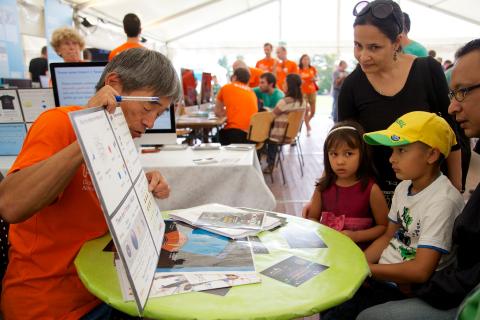
ATLAS Experiment welcomes the public for CERN Open Days
– The ATLAS Experiment will be opening its doors to the world on 14 and 15 September 2019 for the CERN Open Days. This weekend-long event will be an exciting opportunity for members of the public to explore the world’s largest particle-physics laboratory – host to the most powerful particle accelerator ever built, the Large Hadron Collider (LHC) – and take part in over 100 activities around the CERN campus.Read more →




